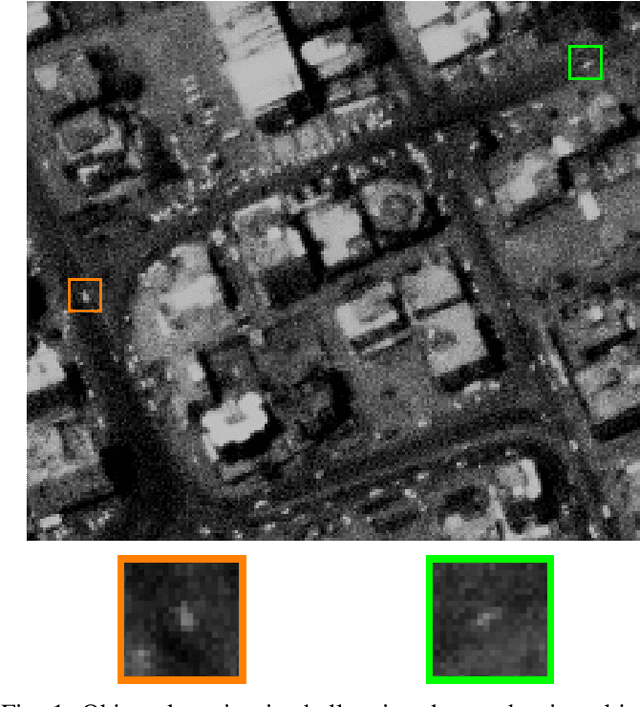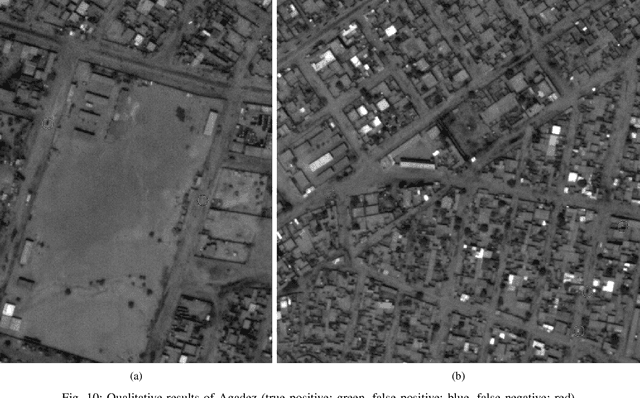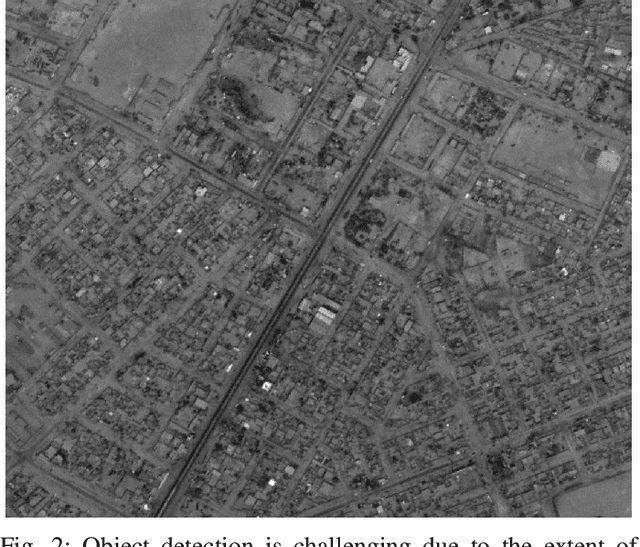Axel Weissenfeld
Federated Learning for Predictive Maintenance and Quality Inspection in Industrial Applications
Apr 21, 2023Abstract:Data-driven machine learning is playing a crucial role in the advancements of Industry 4.0, specifically in enhancing predictive maintenance and quality inspection. Federated learning (FL) enables multiple participants to develop a machine learning model without compromising the privacy and confidentiality of their data. In this paper, we evaluate the performance of different FL aggregation methods and compare them to central and local training approaches. Our study is based on four datasets with varying data distributions. The results indicate that the performance of FL is highly dependent on the data and its distribution among clients. In some scenarios, FL can be an effective alternative to traditional central or local training methods. Additionally, we introduce a new federated learning dataset from a real-world quality inspection setting.
Deep Vehicle Detection in Satellite Video
Apr 14, 2022



Abstract:This work presents a deep learning approach for vehicle detection in satellite video. Vehicle detection is perhaps impossible in single EO satellite images due to the tininess of vehicles (4-10 pixel) and their similarity to the background. Instead, we consider satellite video which overcomes the lack of spatial information by temporal consistency of vehicle movement. A new spatiotemporal model of a compact $3 \times 3$ convolutional, neural network is proposed which neglects pooling layers and uses leaky ReLUs. Then we use a reformulation of the output heatmap including Non-Maximum-Suppression (NMS) for the final segmentation. Empirical results on two new annotated satellite videos reconfirm the applicability of this approach for vehicle detection. They more importantly indicate that pre-training on WAMI data and then fine-tuning on few annotated video frames for a new video is sufficient. In our experiment only five annotated images yield a $F_1$ score of 0.81 on a new video showing more complex traffic patterns than the Las Vegas video. Our best result on Las Vegas is a $F_1$ score of 0.87 which makes the proposed approach a leading method for this benchmark.
On Learning Vehicle Detection in Satellite Video
Jan 29, 2020



Abstract:Vehicle detection in aerial and satellite images is still challenging due to their tiny appearance in pixels compared to the overall size of remote sensing imagery. Classical methods of object detection very often fail in this scenario due to violation of implicit assumptions made such as rich texture, small to moderate ratios between image size and object size. Satellite video is a very new modality which introduces temporal consistency as inductive bias. Approaches for vehicle detection in satellite video use either background subtraction, frame differencing or subspace methods showing moderate performance (0.26 - 0.82 $F_1$ score). This work proposes to apply recent work on deep learning for wide-area motion imagery (WAMI) on satellite video. We show in a first approach comparable results (0.84 $F_1$) on Planet's SkySat-1 LasVegas video with room for further improvement.
 Add to Chrome
Add to Chrome Add to Firefox
Add to Firefox Add to Edge
Add to Edge